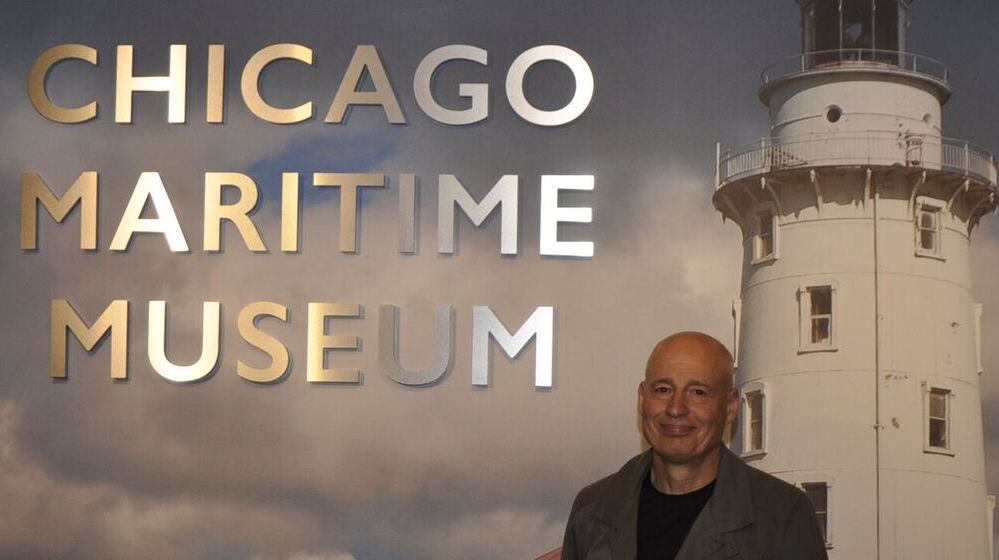archive
Chicago Maritime Museum Celebrates Grand Opening

In June 2016, the Chicago Maritime Museum celebrated its grand opening at the Bridgeport Art Center at Bubbly Creek. The Maritime Museum has been associated with the Public History program at Loyola for many years, and Professor Theodore Karamanski has been heavily involved with the Chicago Maritime Society (now the Maritime Museum) since the 1980s, as both a founding board member and historical advisor. This cooperation has had multiple benefits for both the Public History program and the Maritime Museum. The first Public History internship was at the Maritime Society, and Loyola hosted a regional conference on Lake Michigan maritime history to help the Society grow.
Loyola students and professors have worked with the Maritime Museum to produce a number of publications and special exhibits. In 1990, Professor Karamanski, in conjunction with the Maritime Museum, published an annotated bibliography, The Maritime History of Chicago: A Guide to Sources. Other publications and exhibitions include “Shaping the Waters: Chicago’s Maritime Past” (1986), a video documentary project led by Public History student Joel Mendes. In 1988, Public History student Melinda Campbell directed a radio documentary, “Work and the Waterways: An Aural History,” which used folk music to tell the story of sailors and canalers. That program aired on Public Radio International, was reviewed in the Spring 1990 issue of The Public Historian, and won an award from the Illinois State Historical Society. Professor Karamanski and graduate student Ariel Orloff worked on the Chicago Schooner project in 1999, which led to the publication, in conjunction with the society, of Schooner Passage: Sailing Ships and the Lake Michigan Frontier and Maritime Chicago. The Maritime Museum has been a key partner with the Public History program and the History department, and hopefully this partnership will continue to the benefit of both the Public History program and the Maritime Museum.
